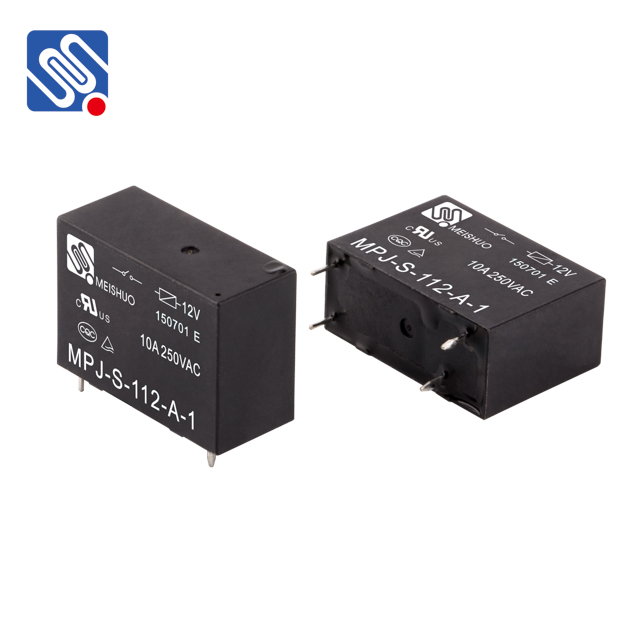A relay power supply is a versatile and essential component in modern electrical and automation systems. It uses the principle of a relay, an electromechanical switch, to control the flow of electrical power. By acting as an intermediary between the control circuit and the power circuit, a relay can manage high-power devices using low-power control signals. This article explores the working principle, applications, advantages, and limitations of relay power supplies.

Principle of Relay Power Supply A relay is composed of an electromagnet, a set of contacts, and a spring mechanism. When an electrical current flows through the electromagnet, it creates a magnetic field that attracts the armature, which moves to change the position of the contacts. This allows the relay to either open or close the circuit, thereby controlling the power flow. In a relay power supply system, a low-voltage control signal is used to operate the relay, which in turn switches the high-voltage power supply on or off. This process enables the relay to control large amounts of power safely and efficiently, using a smaller control signal, making it an ideal solution in various automation and control applications.
Leave a Reply